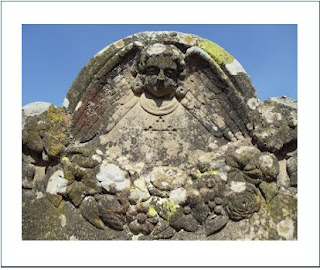KEVENY to CAVANAGH : Y-DNA Results (April 2024 update)

Noel Cavanagh, great-great grandson of Thomas Cavanagh (1797-1852) submitted a Y-700 DNA test to FamilyTreeDNA (FTDNA) in July 2019. FamilyTreeDNA Time Tree for Haplogroup R-FT149425 (25 April 2024) Big Y-700 DNA results updated to R-FT149425: Noel's haplogroup result has recently been redefined as R-FT149425 . This branch is downstream from the previous result of R-FT149229, which extends from the most common Western European haplogroup of R-M269. Related post dated 11 June 2022 - Link: Keveny to Cavanagh: Review of Y-DNA results For the R-FT149425 haplogroup, FTDNA estimates that the common male ancestor between Noel Cavanagh and the closest Y DNA match was born in about 1650 CE. The time tree includes a range of between 1400 and 1800CE for when the haplogroup is likely to have first formed. The dates are estimated using a timeline model, with statistical modelling based upon historical data from ancient DNA results, verified paper genealogies and autosomal relationsh


.jpg)


